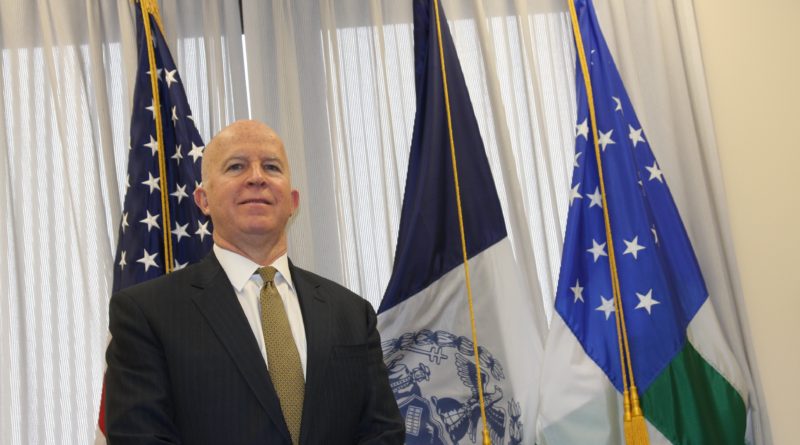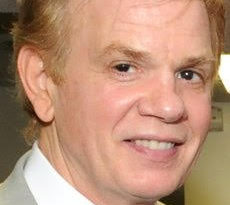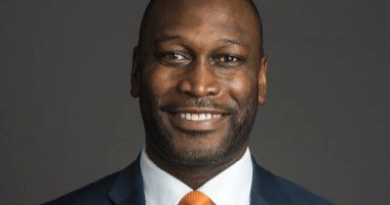NYPD Commissioner Breaks Down Neighborhood Policing for Queensborough
BY SHANE MILLER
When James O’Neill began his career in law enforcement in 1983 with the Transit Police, he couldn’t have envisioned that he would one day transform the concept of policing in New York City. Instead, he focused on keeping trains and platforms of the subway system safe, a task that taught him how to effectively communicate with a variety of people.
When the Transit Police merged with the NYPD in 1995, the Brooklyn native quickly rose up the ranks. While serving as commanding officer of the 44th Precinct in the western Bronx, one of the busiest precincts in the city, he began to seriously think about reforming the patrol model the NYPD had been using for decades.
“The 44 had 18 sectors with the lines arbitrarily drawn,” O’Neill explained. “If I was a cop assigned to the Four-Four, I would either be assigned to a sector or be doing some other type of work, either anti-crime, low-level drug work, quality of life, traffic, so there was a split. Half the people answered 911 jobs, the other half were in specialized units.”
The issue, he said, was that the cops doing the on-the-street police work and the officers assigned to interact with the community barely intersected, causing a disconnect between the public and people tasked with keeping them safe. It was at the 44th Precinct that O’Neill began to formulate his “Neighborhood Policing Plan.”
In March of 2014, O’Neill was appointed commanding officer of then-commissioner William Bratton’s office, where he began the process of re-engineering the entire department. In 2015, Mayor Bill de Blasio and Commissioner Bratton unveiled O’Neill’s Neighborhood Policing Plan. In a report detailing the new method, Bratton called O’Neill’s plan “the first truly realistic and comprehensive approach to achieving the community policing goal in a large organization.”
A key component of the plan is assigning two cops to a specific sectors, as opposed to the old method when any cop on patrol could get called to any sector in the precinct. The concept, know as “sector integrity,” allows cops to become intimately familiar with the people and issues in their sector.
Today, 56 of the 77 precincts in the city employ neighborhood policing, with most of the others to follow suit in the coming year. O’Neill recently sat down with This Is Queensborough to discuss his revolutionary approach to keeping New York City safe.




